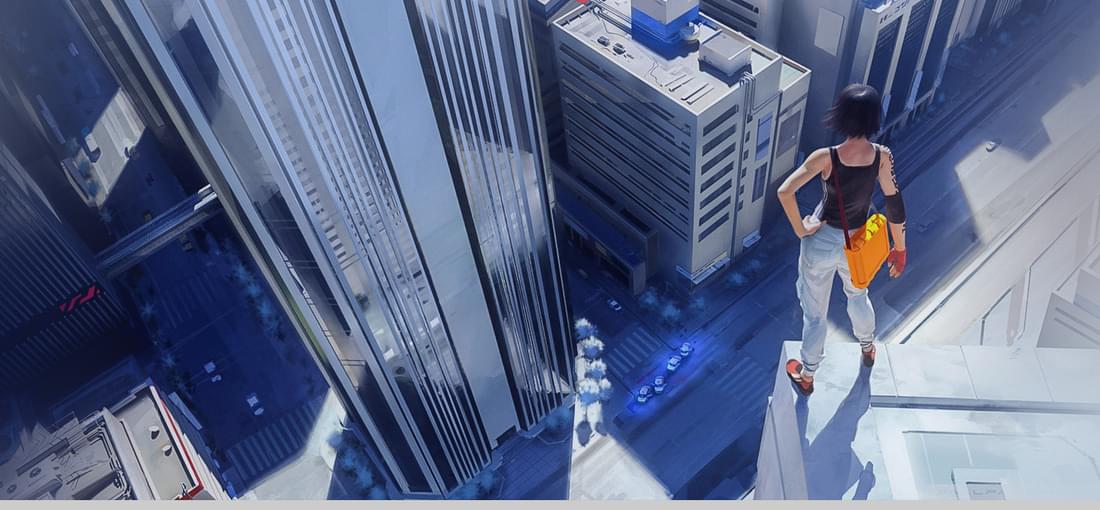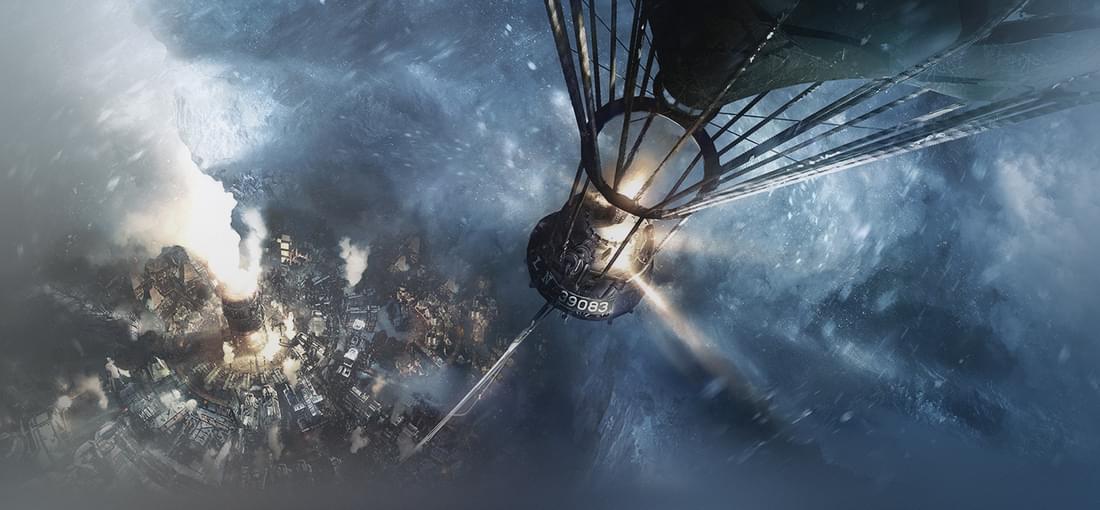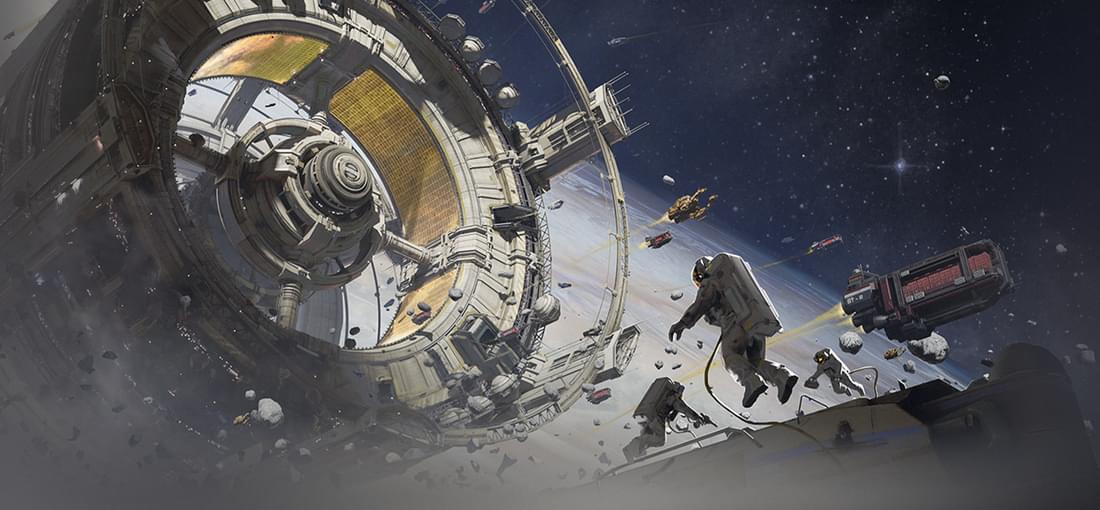


I'm just going to compare it a little to Catalyst the sequal. Fans of the series generally prefer Mirror’s Edge (ME1) over its sequel Mirror’s Edge Catalyst (ME2). ME1 rewarded players for their movement and agility, despite the environments being relatively simple. It at least made sense. Sure there are some areas with the same problems you find in ME1. In contrast Mirror’s Edge Catalyst aimed for a grander scale but ended up dividing its levels into illogical segments, with obstacles that detracted from the experience. The districts lacked personality and offered few enjoyable traversal options. The rooftops for instance felt disconnected from major areas by vast stretches of city streets, which could have otherwise been utilized for more engaging gameplay areas that connected everything. Instead; the level designers of Mirror’s Edge Catalyst opted for a clutter of pipes and pretensious shapes jutting from walls and abrupt dead ends as if they gave up, which many players found frustrating. This decision left the game feeling rushed and less cohesive than its predecessor. While Mirror’s Edge Catalyst attempted to build upon the foundations laid by ME1, it often failed in terms of the layout of the rooftops . Everything else they tried to remain pure to the concept which is why dispite the level design issues, its still okay. Anyway I think that ME1 kinda is dated by todays standards, yet if you've never tried it before its good.

While avid Frostpunk 1 fans rightfully criticize its sequel's departure from the original gameplay, even after an hour, the changes are obvious to me. Instead of directing individual citizens, FP2 shifts to global oversight through distant tile selections and mass ice breaking. After selecting tiles, you no longer see people trudging through snow, forming networks of paths that the drifts slowly reclaim. This new approach feels both freeing and restricting in its execution. FP2's building and ice breaking animations exist, but the camera feels too distant or confined and strips away the sense of immediacy that FP1 maintained. Arriving at a near-completed city with its broken Heater (after the train), you feel the diminished stakes. The survival narrative loses its bite. FP1's Steam Heater became the lifeline of your settlement. Through each harsh day, building your city felt meaningful. That connection is missing in FP2. You inherit an established city's management, overseeing existing technology and infrastructure. The shift from personal oversight to political administrator dulls the urgency of protecting citizens from the frost. While the abrupt introduction to these changes gives pause, FP2 deserves credit for its reimagined visuals that honor the original's spirit. The soundtrack carries weight, and the menus might be too clean in design but their form fits the overall aesthetic. I do intend to play further and discover what there is to like about Frostpunk 2 as I progress.

Instead of directing individual citizens, FP2 shifts to global oversight through distant tile selections and mass ice breaking. After selecting tiles, you no longer see people trudging through snow, forming networks of paths that the drifts slowly reclaim. This new approach feels both freeing and restricting in its execution. FP2's building and ice breaking animations exist, but the camera—whether too distant or confined—strips away the sense of immediacy that FP1 maintained. Arriving at a near-completed city with its broken Heater (after the train), you feel the diminished stakes. The survival narrative loses its bite. FP1's Steam Heater became the lifeline of your settlement. Through each harsh day, building your city felt meaningful. That connection is missing in FP2. You inherit an established city's management, overseeing existing technology and infrastructure. The shift from personal oversight to political administrator dulls the urgency of protecting citizens from the frost. While the abrupt introduction to these changes gives pause, FP2 deserves credit for its reimagined visuals that honor the original's spirit. The soundtrack carries weight, and while the menus are perhaps too clean in design, their form fits the overall aesthetic. I do intend to play further and discover what there is to like about Frostpunk 2 as I progress.

I like it. Got on Steam and because its discounted right now Ill get from Gog too for the offline installers whatever. Didn't try all the DLC's yet. You have a sense of accomplisment with the game when you finally build up your city. Its nothing very complicated and eventually you'll figure it out. After some thought I also recommend FrostPunk 2. Dispite the needed critisims is a good game in its own right. It lacks that sense of accomplisment at the beginning of the game as they sort of hand you the keys too the city as you focus on other aspecs of what is essentially a different game. But it looks very nice to me. So I had to have it as a collection.

Id get it. on Gog. I have it on Steam. Get it on Gog instead for the offline installers. Just think of this as a space managment stats balance game. With space sci fi story. Its punishly hard at times. Start over a lot is normal here. But its pretty straight forward. You will probably enounter issues with "transporter" units between sectors stopping to deliver resorces. Or buildings needing to be either rebuilt or power toggled on off to fix a bug. Overall Im not smart enough to beat this game in one go. So I play it once in a while whenver Im board. The game does need decent amount of Ram and CPU and GPU to be set up. Otherwise could run into process conflicts between them and your Windows 10 or whatever OS.